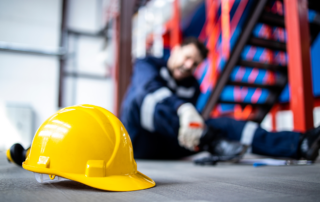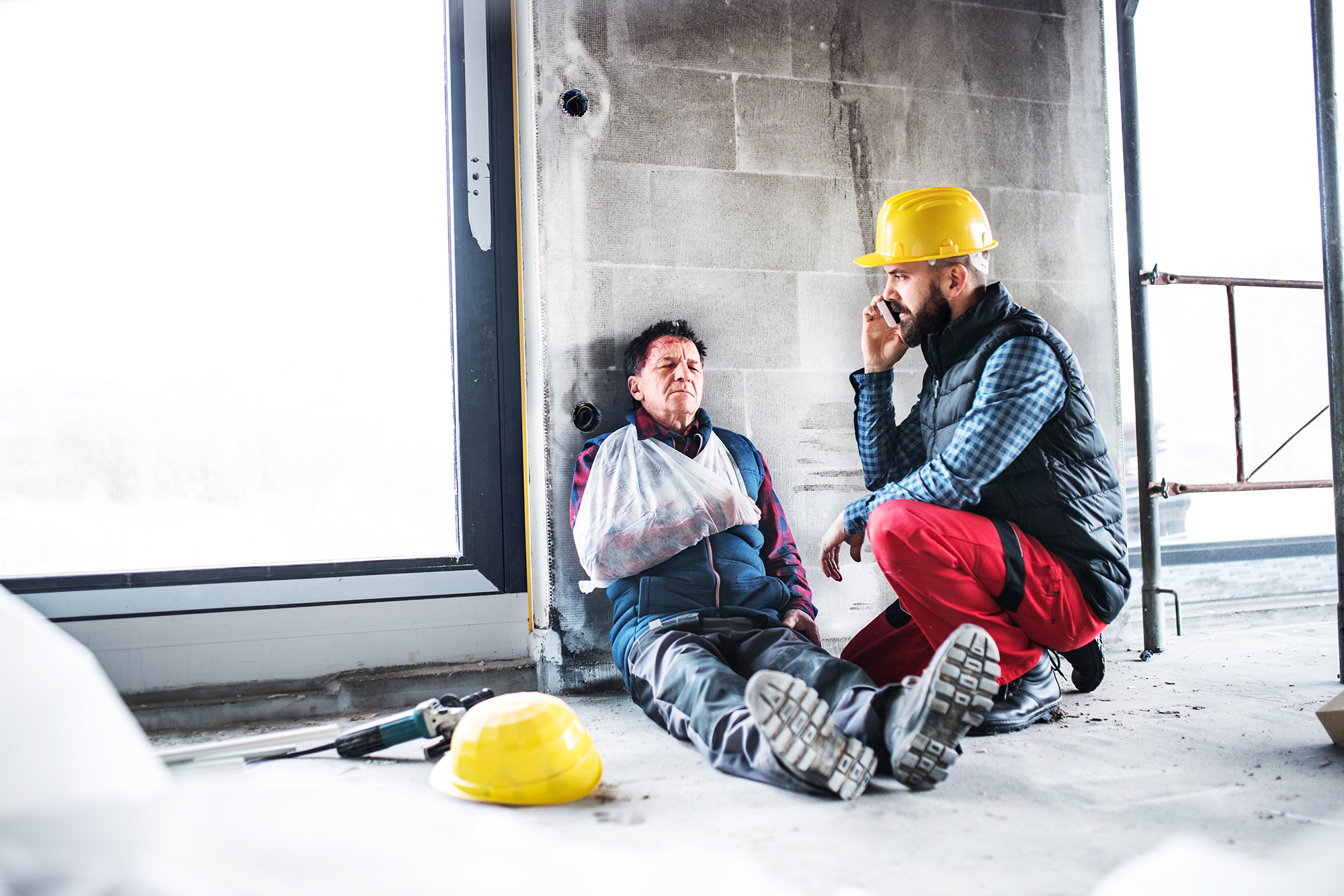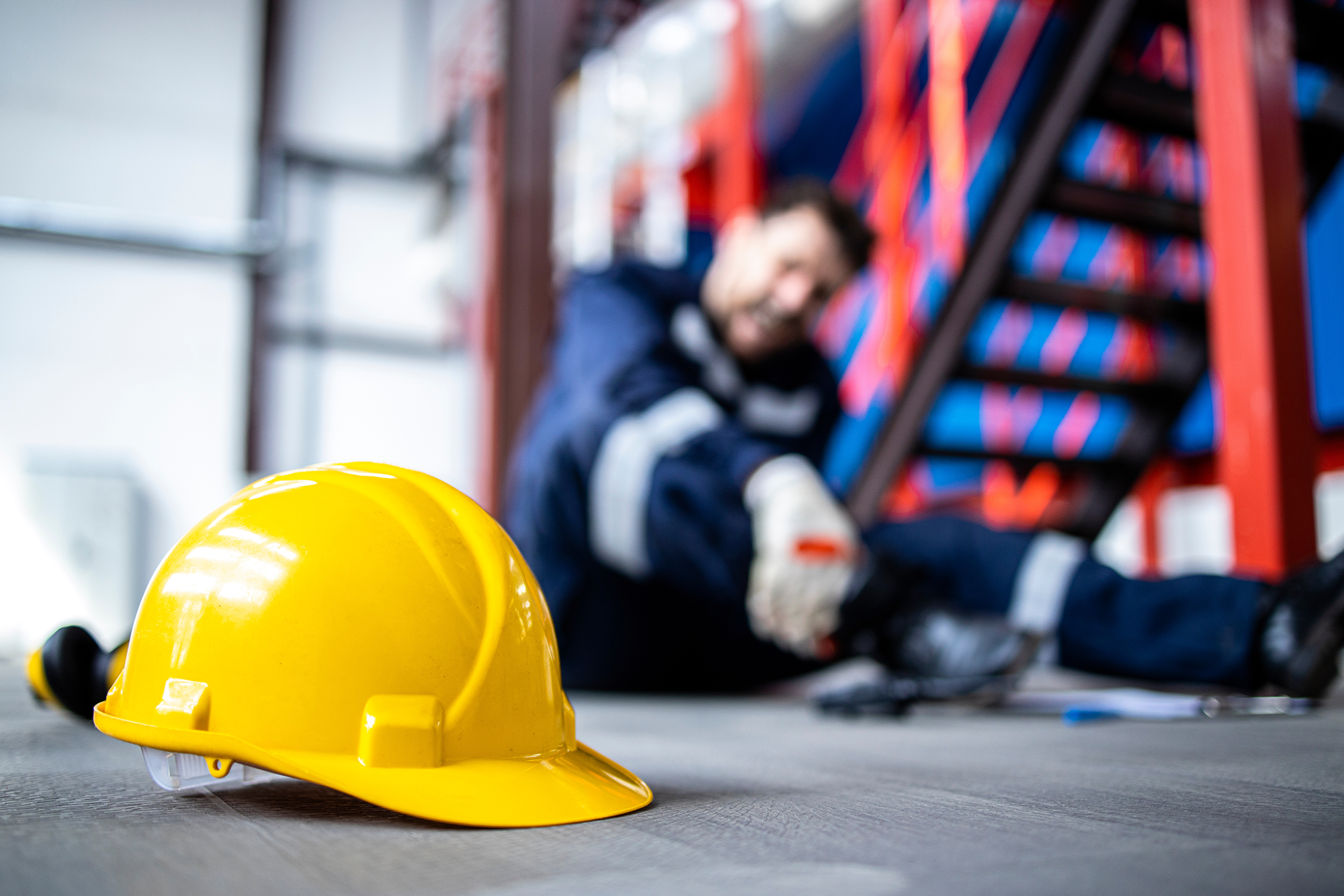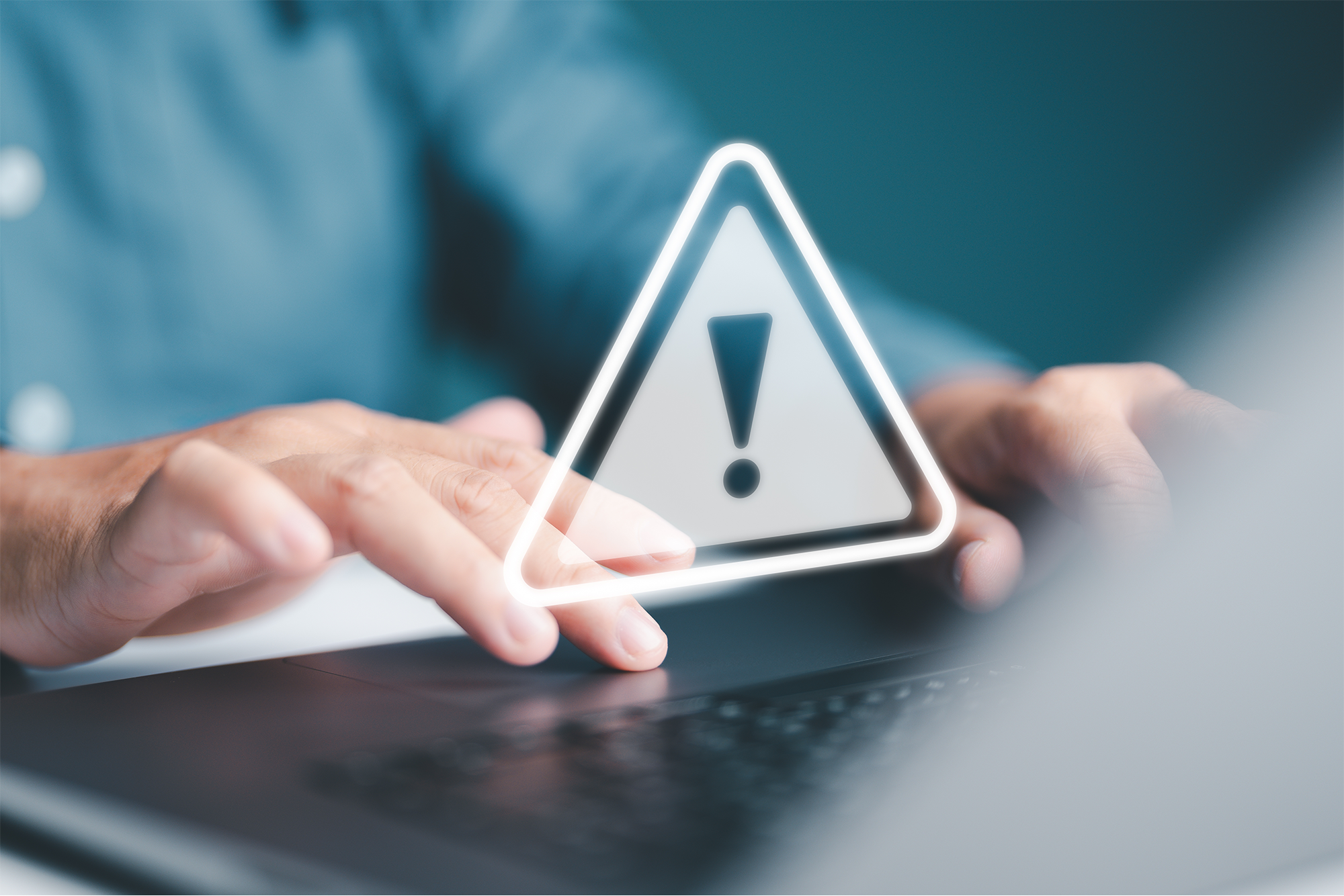FALL PROTECTION SAFETY
Fall protection and safety is a major concern at construction sites. In fact, OSHA cites injuries from falls as one of its top 10 worksite injuries.
Falls and falling objects can result from unstable working surfaces, ladders that are not safely positioned and misuse of fall protection. Workers are also subject to falls or the dangers of falling objects if sides and edges, floor holes and wall openings are not protected. Any time you are working at a height of six feet or more on the construction site, you must be protected.
Unprotected Sides, Wall Openings and Floor Holes
Almost all sites have unprotected sides and edges, wall openings or floor holes at some point during construction. If these sides and openings are not protected, injuries from falls or falling objects may result. Use at least one of the following whenever you are exposed to a fall of six feet or more above a lower level:
- Guardrail systems
- Safety net systems
- Fall arrest systems
Additional Safety Precautions
- Cover or guard floor holes promptly after creating them.
- Construct floor hole covers so they will effectively support two times the weight of workers, equipment and materials that may be imposed on the cover at any one time.
- Use fall prevention systems like guardrails rather than protection systems like safety nets or fall arrest devices.
Ladders
You also increase your chances of falling if you are using portable ladders that are not safely positioned each time you use them. While you are on a ladder, it may move or slip from its supports. You may also lose your balance while getting on and off an unsteady ladder.
Take the following fall protection measures when using ladders:
- Position portable ladders so side rails extend at least three feet above the landing.
- Secure side rails at the top to a rigid support and use a grab device when a three foot extension is not possible.
- Make sure that the weight on the ladder will not cause it to slip off its support.
- Inspect ladders for cracked, broken or defective parts prior to each use. If a ladder is broken, tag it as defective and remove it from service.
- Don’t apply more weight on a ladder than it is designed to support.
- Only use ladders that comply with OSHA standards.
About the Author
Share This Story
Related Blogs
OSHA’s Safe and Sound Week Scheduled for Aug. 12-18
Each year, more than 5,000 workers are killed on the job. Additionally, more than 3.6 million employees are seriously injured each year while at work. Because of this, the Occupational Safety and Health Administration (OSHA) holds a nationwide event each August called Safe and Sound Week, which promotes the importance of companies incorporating safety and health programs into their workplace. This year, the event runs Aug. 12-18, 2024.
2024 Midyear Market Outlook: Workers’ Compensation
Profitable underwriting results have generated favorable conditions across the workers’ compensation insurance market for nearly a decade. According to the National Council on Compensation Insurance (NCCI), the segment produced combined ratios of 84.5 and 84.9 in 2022 and 2023, respectively, demonstrating continued profitability.
CrowdStrike, the Most Important Cyber Accumulation Loss Event Since NotPetya, Highlights Single Points of Failure
In what is being called “the most important cyber accumulation loss event since NotPetya,” the July 19, 2024, global technology outage (CrowdStrike) will produce scores of insurance claims across a range of policies, test cyber policy wordings,and sharpen the industry’s focus on single points of failure.







